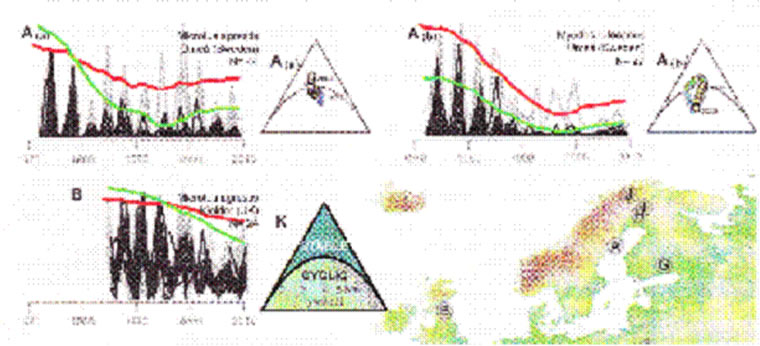Most Dreaded Terror 9 voles
(Sorry. word won't pass the picture to Dreamweaver, but you can look at it on YouTube )
https://www.google.com/search?hl=en&tbm=isch&source=hp&biw=1144&bih=550&ei=Cto2WqffDKHZjwTHhJC4Ag&q=golden+eagle&oq=golden+ea&gs_l=img.1.0.0l10.3546.7387.0.12686.9.7.0.2.2.0.113.701.4j3.7.0....0...1ac.1.64.img..0.9.701....0.yLmWTHVr1LA#imgrc=FydfOeIiBZmupM: downloaded 12/17/17 and some help from Photoshop
It is the 9 of March 2018.
Voles are simply adorable:

https://www.google.com/search?hl=en&tbm=isch&source=hp&biw=1202&bih=650&ei=BomUWvK6D6aatgX9oZiYAQ&q=voles+images&oq=voles&gs_l=img.1.2.35i39k1j0l4j0i10k1j0l4.8710.12445.0.16492.8.8.0.0.0.0.137.390.4j1.5.0....0...1ac.1.64.img..3.5.389.0...0.rLdn_BKFQWs#imgrc=4v_JRw3TFBAzeM: downloaded February 26, 2018
Don’t let the title mislead you. I am not saying that we should lie awake at night trembling at the thought of what voles might do to us. Save that for the mechanism we pursue here; if you have followed the videos this far, you know enough to be worried.
Besides, I don’t want to slander the cute little voles … or anybody else for that matter. But look at this:

-
Counts on the vertical axis, time on the horizontal.
T. Cornulier et al. Europe-wide dampening of population cycles in keystone herbivores. Science 340, 63-66 (2013).
In a number of places in Europe they have stations where they regularly count voles. I can understand that it’s more fun to count voles than to count animals that are more dangerous or less cute. While they have counted over the years the populations have gone up and down. No problem there. But they were meticulous enough to sum up their data and astute enough to notice a recurring pattern. The pattern was something they called damped oscillation.
- Again and again they would see a population rise and fall in a cyclical pattern with each peak being somewhat lower than the one before. I only copied three sequences, but they published more. Since we have seen a pattern of damped oscillation in a captive population in the lab and in a computer simulation attempting to model an epigenetic (concerned with the control of genes rather than with the DNA sequence of genes) mechanism that links fertility with kinship through a post-zygotic process, I think a reasonable person would react, “Ah, yes. It had to happen somewhere. This is what we should have expected.”
- One point to notice is that in the lab and on the computer the peaks exhibit a rapid rise and slower fall of fertility. I do not see that pattern in these wild European voles. I suspect that the pattern has been obscured by statistical noise. We are still on the trail of our quarry.
- In all my travels I have never seen this pattern in humans. If I had to wave my hands I’d say that human populations small enough to exhibit the same pattern simply are not conspicuous enough to turn up in the historical record.
- As for what does turn up, we shall begin next time to follow the same sorts of counts … or at least a proxy for the same counts … among humans for just about all of history.
Video script directory
Home page

